
Hironobu Sakaguchi, the father of Final Fantasy, is quick to notice the Gundam models on my shelf as we sit down to talk over Zoom.
An introspective look crosses his face as he reaches back and reminisces on building similar Gunpla as a child — how he’d obsess over any toy or model he could get his hands on. That obsession led to a singular question for the creator: What would it be like to walk through a world made of models or dioramas? But as Sakaguchi started his career in video games, that question transformed, making him ponder what it would be like to see things from the perspective of those diminutive characters on-screen.
“What would the world look like right now if Final Fantasy VII, VIII, and IX were all done in a pixel art style of visual expression?”
That childhood inspiration has taken on a much more literal turn with Sakaguchi’s latest game, Fantasian, a classically inspired story in which an amnesiac boy wakes up in a mysterious machine world brought to life in beautiful dioramas. After decades away from Final Fantasy, Fantasian also gave Sakaguchi a chance to return to his roots and once again embrace the epic turn-based RPGs that defined his career.
At 61 years old, Sakaguchi has been a key visionary in video games for over four decades as one of the creative minds behind some of the most beloved games of all time, including Final Fantasy VII, Chrono Trigger, Parasite Eve, Legend of Mana, and more. Sakaguchi has seen more in this industry than just about anyone and remains hopeful, productive, and constantly inspired. How, in the midst of industry upheavals and infighting, does he remain so? It’s all about embracing the fantasy — of childhood, of an escape, and of fun.
Finding Fantasian
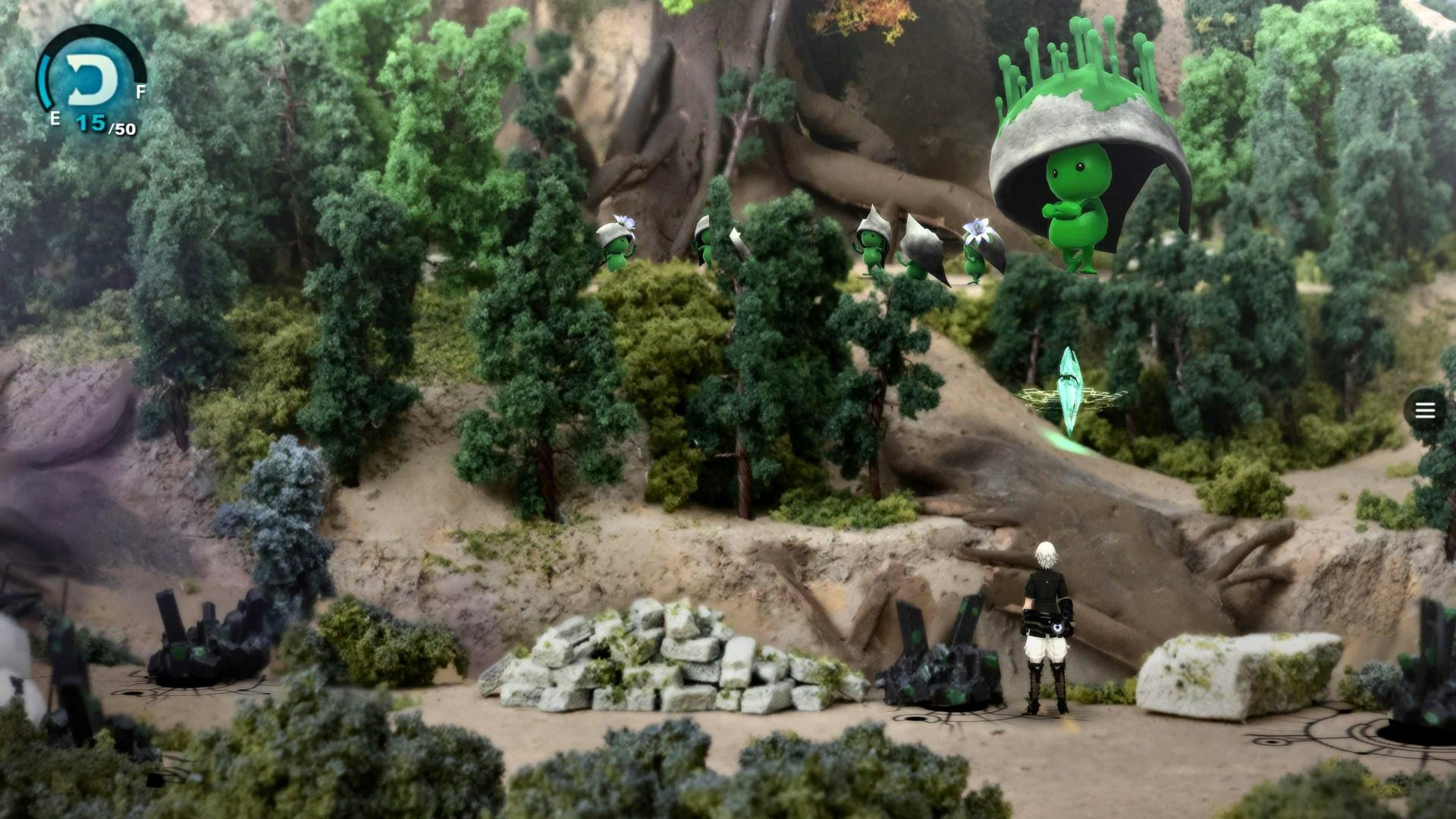
Unlike any of his works in the past, Fantasian is scrappier, more intimate, and the culmination of one of his lifelong goals.
“It was like a dream come true, for me, where I was able to walk through all these dioramas that I’ve been following since I was a student,” Sakaguchi tells Inverse. “To walk through these worlds, of course, you can’t simply have a flat photograph alone, you need some kind of 3D data. We basically ended up using the same technique employed when making 3D models of cities. We take 200 to 300 photos, stitch them together, and then piece together a model based on that.”
That sounds like a time-consuming challenge, and it was, requiring a team of roughly 30 developers, which Sakaguchi notes is quite small for a massive RPG.
“It almost felt like our elite strike team of game developers, and I enjoyed working with them very much as people,” he says. “There’s a part of me that thought, well, I’d love to keep producing, keep developing with this team because it gives me energy.”
This is all part and parcel with Sakaguchi’s decades-long design philosophy: constantly challenging yourself, not just because of the results it can yield, but because it’s simply the “most fun” part of creating anything.
“While I hope everything resonates with fans, I think it’s also necessary for there to be something fresh, something that hasn’t been done before,” he says. “This could be in the story, the characters, or the world. But video games being an interactive medium, there needs to be something on the game design side, however small, that brings in a new perspective or new way for fans to engage with the content.”
Staying Rooted, For 37 Long Years
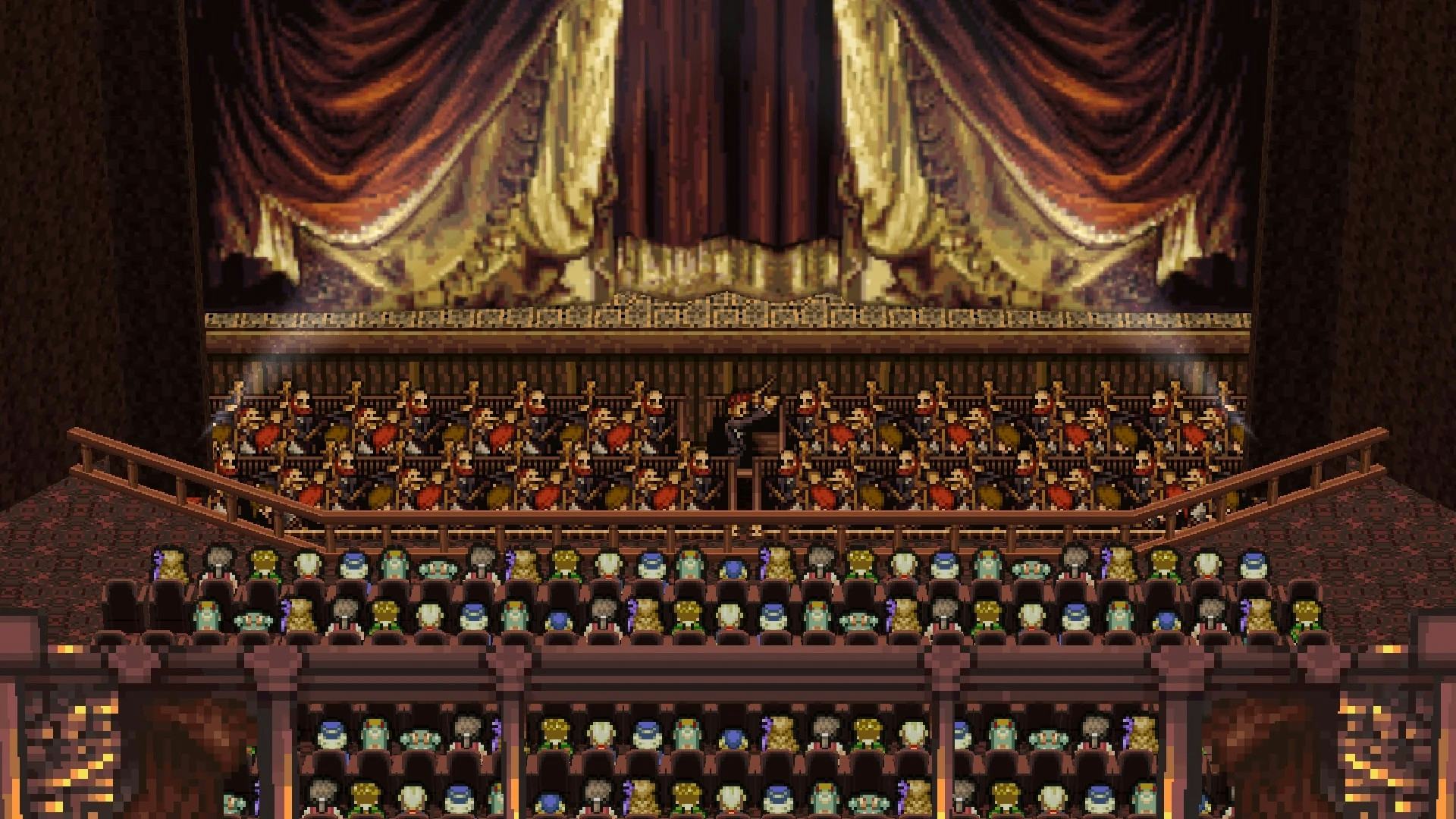
It’s been a long journey since the original release of Final Fantasy, which Sakaguchi worked on as director and writer. With its party-based gameplay and twisty plotline, Final Fantasy set a new industry standard when it launched for Nintendo’s Family Computer (Nintendo Entertainment System in North America) in 1987.
Final Fantasy catapulted Sakaguchi’s struggling employer Square to popularity in both Japan and the West and launched one of the most enduring franchises in video game history. Over the years, it has inspired creators, set the example for compelling narratives in games, and constantly redefined RPGs as a whole.
“Final Fantasy I, the moment we completed it and released it to the market, provided myself with a huge sense of accomplishment and achievement. Simply because it was the first game that we didn’t know what we were doing, and how the market would react at the time,” Sakaguchi says. “In terms of the FF that I think is the ‘most complete; I believe Final Fantasy VI comes close, and does stand out above the other Final Fantasies, especially because it was the last Final Fantasy to use pixel art in all of its visual expression.”
“The world setting needs to contain some kind of thematic element that is loosely tied to current events.”
Final Fantasy has managed to flourish for over 35 years, adapting to shifting trends and audiences in a volatile and unforgiving industry. Each game in the series tries something completely new and different, leaving fans to debate what defines a Final Fantasy game. What is truly the DNA of the series?
“I understand and know that this is a very widely debated topic, but I really think it has turned into something that has a different meaning for everyone,” says Sakaguchi. “If I had to give some kind of core ingredient, I would say it’s the story and world. These two are a must for any Final Fantasy and the common denominator across all of them. The world setting needs to contain some kind of thematic element that is loosely tied to current events. I think the world itself needs to have some kind of thematic backbone or message that gives a different perspective, or a thought-provoking prompt for players.”
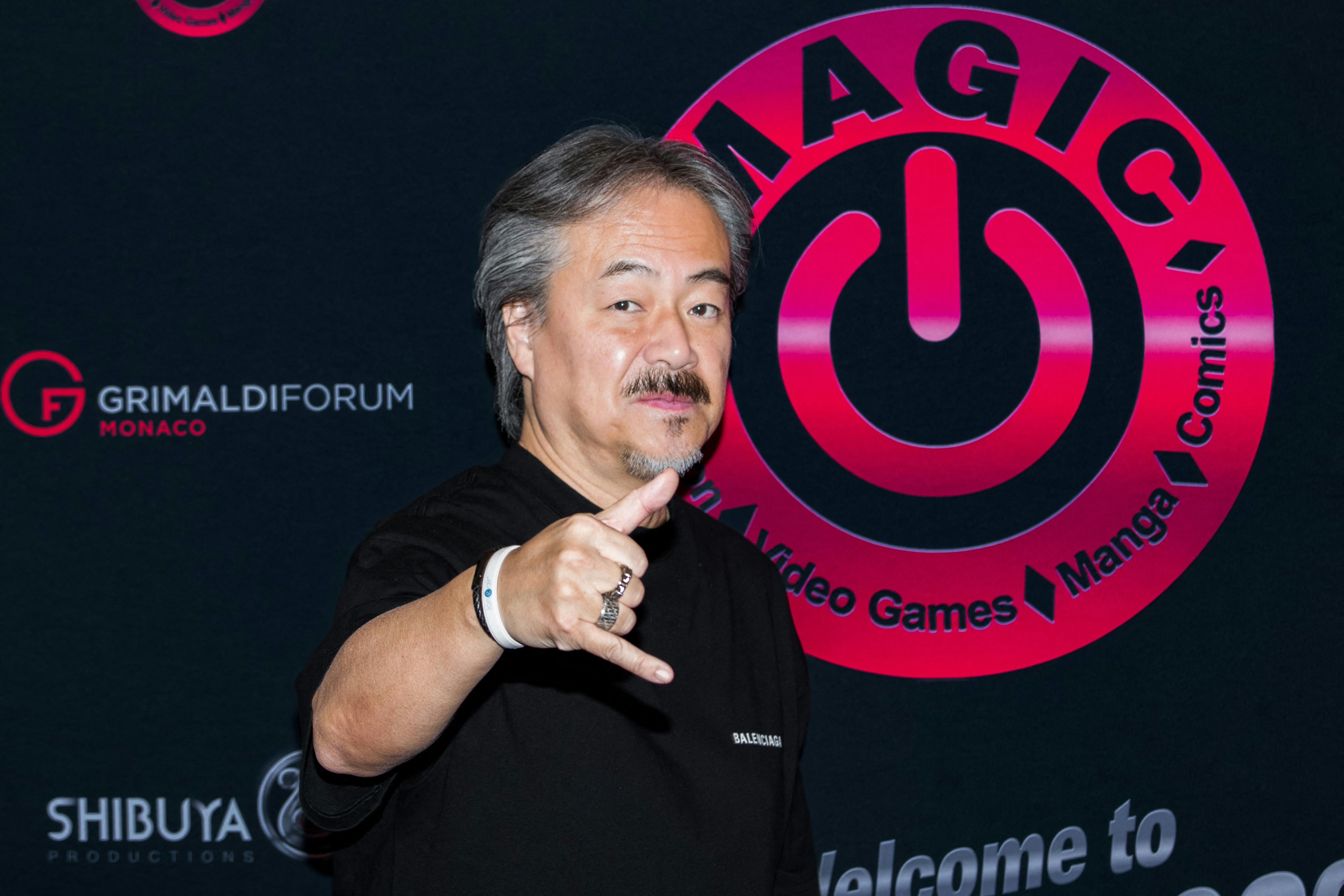
The most obvious example of this is Final Fantasy VII and its commentary on climate change (the game’s antagonistic corporation Shinra and its technology are a clear allegory for how humanity is bringing about the decline of Earth by sapping its natural resources), but there are dozens of examples throughout the series.
Final Fantasy XVI’s crystals are stand-ins for real-world oil, Final Fantasy Tactics is a broad commentary on social class and the widening gap between rich and poor, and Final Fantasy X incorporates the prevalence of organized religion and breaking from societal norms. All of these games heavily draw from topics or ideas that were prevalent in the world at that time, incorporating those themes into the game’s world to make it feel grounded and relatable.
“Games will serve as this flexible platform or base with which players can express themselves. Human nature is going to be at the center of it.”
Sakaguchi was a key member of development for every mainline game up until Final Fantasy X-2 in 2003, after which he left Square Enix to found his own studio, Mistwalker. From there, he’s created even more beloved RPGs like Lost Odyssey, Blue Dragon, and The Last Story, but that hasn’t stopped Sakaguchi from occasionally toying with what Final Fantasy might be like if he’d kept working on it.
“Whenever [Final Fantasy series composer Nobuo] Uematsu and I are having drinks together, we like to reminisce about what if Final Fantasy had kept on that trajectory of using pixel art,” Sakaguchi says. “What would the world look like right now if Final Fantasy VII, VIII, and IX were all done in a pixel art style of visual expression? If those did exist now, it’d be very cool to see.”
But despite new talent taking the reins of Final Fantasy, Sakaguchi has continued to have a fascinating relationship with the franchise, these days turning into a dedicated, “hugely addicted” player of the massively multiplayer Final Fantasy XIV.
“Games will serve as this flexible platform or base with which players can express themselves,” he says. “Human nature is going to be at the center of it.”
Future Fantasies

In 2021, Sakaguchi was scheduled for a joint interview with FFXIV director Naoki Yoshida at Tokyo Game Show on the “Appeal and Potential of RPGs” and thought it’d be irresponsible not to familiarize himself with Yoshida’s work.
Little did the creator of Final Fantasy know that would bring him full circle with the franchise, now experiencing it as a fan. But that’s exactly what stops Sakaguchi from ever wanting to contribute to FFXIV himself.
“Switching to the side of the creator or developer, however minuscule it may seem, would strip away the fun of the game,” he says.
“While I myself would not remake anything, remakes have a place in the market and bring value toward both developers and audiences.”
Instead, Sakaguchi wants to remain wholly committed to Final Fantasy XIV as a diehard fan, but the experience has stirred up some thoughts on his career and experience.
“If I were to join the game industry today and was still very young, perhaps I would look to develop something multiplayer because that’s where the industry seems to be,” Sakaguchi says. “But given my start and origin with single-player games, my style of development is taking that idea of a single-player game, evolving it over time, and letting it ripen, so to speak.”
Sakaguchi thinks it’d be “foolish” to not continue to lean into his strengths with single-player games, but he’s fully aware of how the industry has evolved since he started his career.
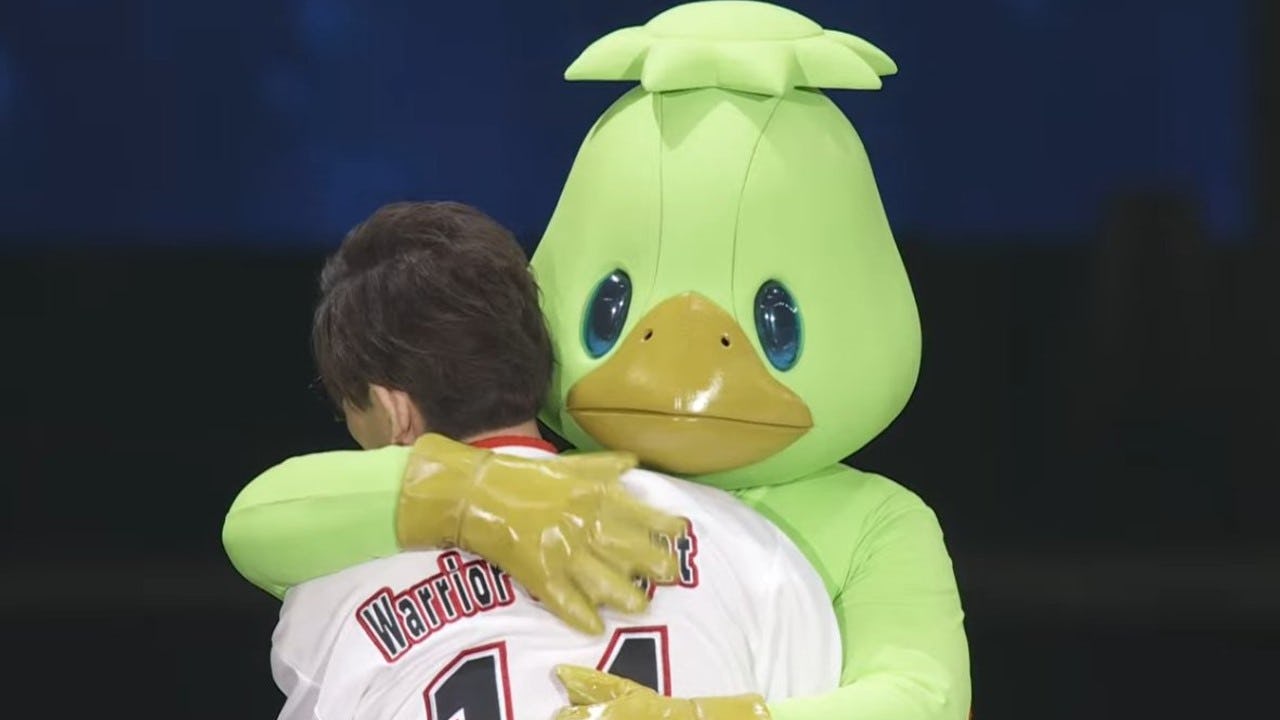
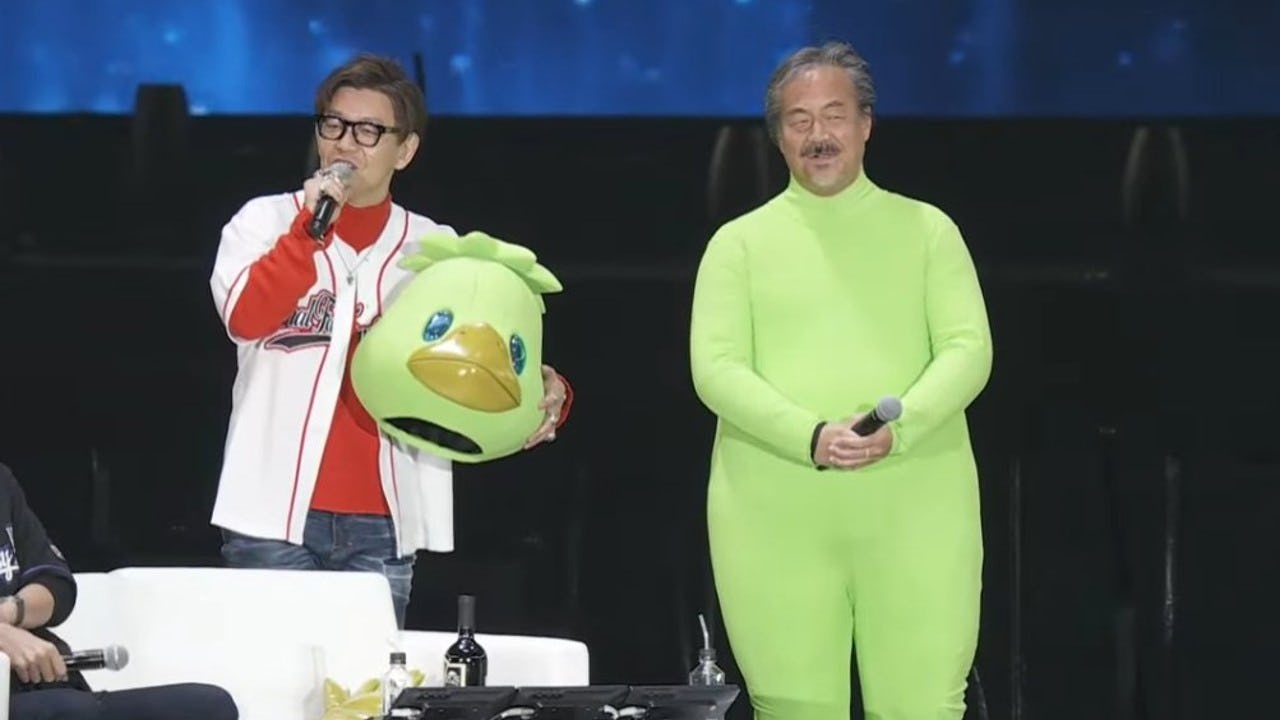
One particularly interesting recent development is the prevalence of remakes, games that seek to harness players’ memories while still breaking new ground. As games become riskier and more expensive to make, more companies are trying to capitalize on titles that already have that built-in fan base and can appeal to nostalgia.
It’s a tough balancing act, but Sakaguchi sees the value in remakes and thinks they take just as much energy as making something from scratch, pointing to Final Fantasy VII Remake as an example.
“While I would not remake anything, remakes have a place in the market and bring value toward both developers and audiences,” he says. “On the development side, with a lot of the gameplay systems, world-building, and characters, the work has already been done. You don’t have to deploy as much energy or resources in that field.”
“In the case of Final Fantasy VII, [Remake producer Yoshinori] Kitase was able to redirect that energy towards the cinematic experience for the audience,” he says. “The remake, in this instance, provides a lot of added value to an audience because of what technology can empower creators to do, versus the PS1 era.”
Sakaguchi For the People

While multiplayer games and remakes have become more prevalent in recent years, there’s one vital aspect that Sakaguchi believes will determine the trajectory of the industry even more: how the audience for games actually consumes them. The advent of sites like YouTube and Twitch has created an entirely new way for us to engage with video games, particularly through streamers and personalities.
“One of the biggest changes in the industry happened in the customizability and user-generated content space, where audiences like to use the game as a platform, but somehow project a portion of themselves on top of it, and then broadcast it for others to consume,” Sakaguchi says. “I imagine this trend is going to continue, and if anything, exponentially go in that direction. I believe a lot of different game worlds will serve that need even more and follow the shift in the user dynamic. Games will serve as this flexible platform or base with which players can express themselves. Human nature is going to be at the center of it.”
“When I do decide to retire, I would say Mistwalker will probably be mostly inactive.”
It’s a bold idea and a surprising thing to hear from one of the people responsible for creating single-player RPGs as we know them. Still, it’s hard to deny the medium has been going through a seismic change recently. Big developers keep trying to pivot to multiplayer and live service, indies are on the rise, and the entire industry has been rocked by catastrophic amounts of layoffs. But Sakaguchi sees this as a moment of growth for an art form he’s helped grow into a booming business.
“I see these things coming and going in waves, and every time a wave comes it brings a different energy into the industry, a different perspective that people are, in some way, forced to come face to face with,” Sakaguchi says. “Right now, it’s easy to point the finger at budgets and layoffs, but perhaps the industry is in a shift or point of transition. Instead of being afraid of the waves, I try to run my company while almost riding it or enjoying it — how do we position ourselves as a company? We may be limiting ourselves in what range of entertainment we are able to produce if we try to make sustainability the crux or central focus of any industry.”
Sakaguchi’s Final Fantasy?
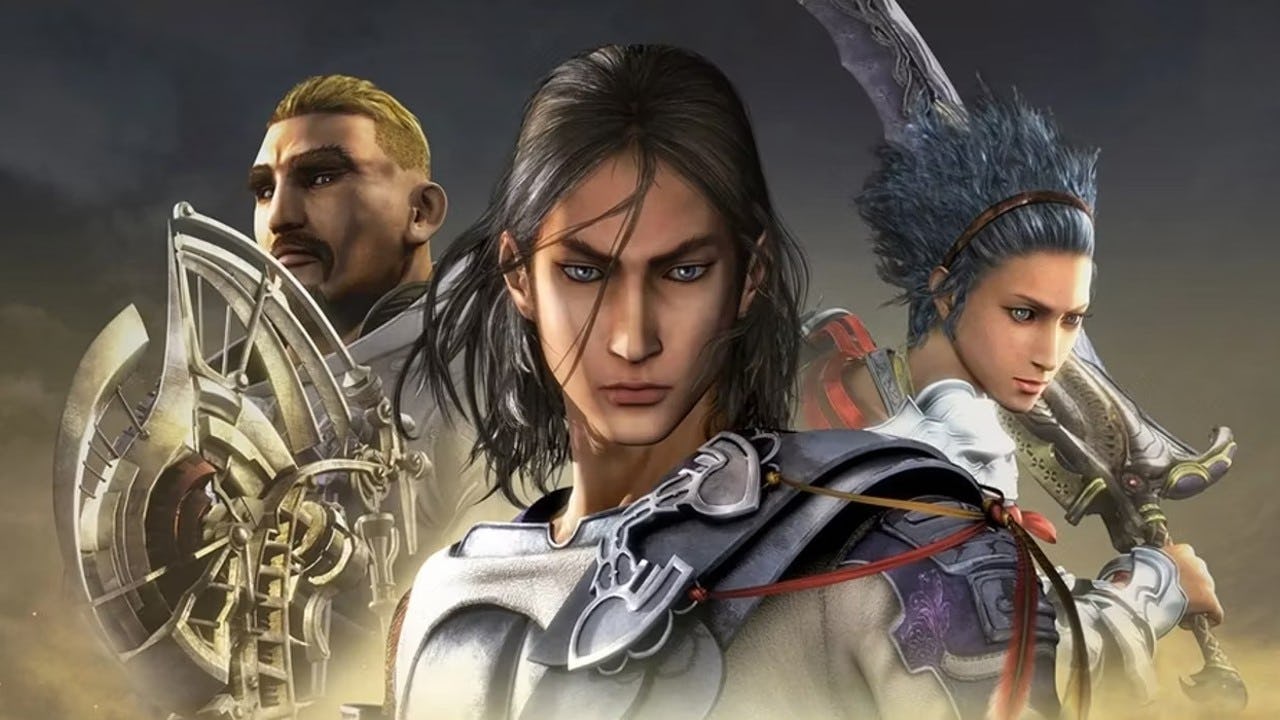
Back in 2021, Sakaguchi said Fantasian could be his last game, but that’s no longer the case as Mistwalker looks forward to its next project. The ideas are still taking shape, but Sakaguchi says one of his focuses is always thinking of creative new ways to fold in different multimedia mechanics to make for a new game experience. In Lost Odyssey, this manifested as text-based short stories called A Thousand Years of Dreams. With Fantasian, it was the dioramas.
It’s hard to say when Sakaguchi will stop making games, and the creator feels like Mistwalker, which is so deeply tied to his own experience and vision, might not be able to exist without him.
“I’m so closely tied to Mistwalker that if and when I do decide to retire, I would say Mistwalker will probably be mostly inactive,” Sakaguchi says. “I think making new games is going to be highly unlikely,”
Then again, there’s always a chance he could pull a Hayao Miyazaki and keep coming back for more. Because if there’s one thing his fans have learned over the years, it’s to never count out Hironobu Sakaguchi.
“I’m a very whimsical person so after Mistwalker enters that state for two years I might say, ‘You know what, I want to do something again.’”







